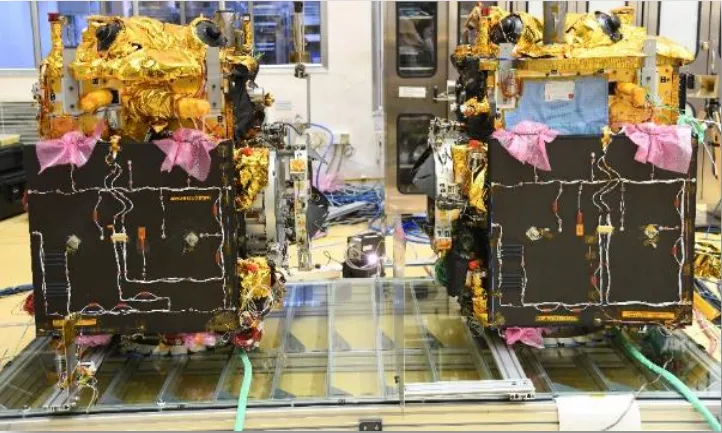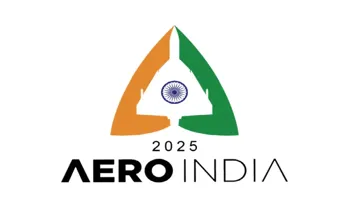India’s Space Milestone: ISRO Achieves Historic Satellite Docking
India has once again cemented its position among the elite spacefaring nations. The Indian Space Research Organisation (ISRO) has successfully demonstrated the complex and intricate process of docking two satellites in space—a feat achieved only by the US, Russia, and China before this. The mission, known as the SpaDeX (Space Docking Experiment), represents a significant leap forward in India’s space capabilities and opens the door to ambitious future missions.
Precision Docking: A Complex Space Ballet
After weeks of meticulous preparation and two postponements, ISRO triumphantly announced on Thursday the successful docking of its satellites SDX01 (the Chaser) and SDX02 (the Target). These satellites were launched into low-Earth orbit on December 30, 2024, with the goal of performing a gradual and precise docking procedure. Over the course of the mission, the Chaser satellite meticulously reduced its distance from the Target—from an initial separation of 20 km down to just 3 meters—before achieving a perfect docking.
Describing the achievement, ISRO stated:
“Spacecraft docking successfully completed! A historic moment. Docking initiated with precision, leading to successful spacecraft capture. Retraction completed smoothly, followed by rigidisation for stability.”
The docking process wasn’t just a technical demonstration; it was a masterclass in precision and innovation, highlighting India’s prowess in space engineering.
Key Steps in the Docking Mission
- Initial Separation: The satellites, launched together, were initially placed 20 km apart.
- Progressive Approach: The Chaser reduced this distance in gradual steps—5 km, 1.5 km, 500 m, 225 m, 15 m, and finally, 3 m.
- Final Docking: The Chaser aligned perfectly with the Target and securely docked using indigenous technology, marking a monumental achievement for India’s space program.
Following the docking, ISRO successfully tested the ability to control the two satellites as a single unit. The next steps include demonstrating electrical power transfer between the satellites and performing undocking exercises.
Why This Matters: A Foundation for Ambitious Missions
This docking experiment isn’t just a standalone achievement—it’s a critical stepping stone for several future missions:
- Chandrayaan-4: India’s next lunar mission will require docking technology to transport lunar samples back to Earth. The mission involves complex maneuvers, including docking modules in both lunar and Earth orbits.
- Bharatiya Antariksh Station: India’s ambitious space station project, expected to launch its first module in 2028, will rely heavily on docking capabilities to assemble multiple modules in orbit.
- Human Spaceflight Missions: India’s plans for manned lunar missions by 2040 will necessitate advanced docking technology to transfer astronauts and cargo between spacecraft.
Union Minister Jitendra Singh lauded ISRO for the entirely indigenous “Bharatiya Docking System,” emphasizing its importance for upcoming missions, including Gaganyaan and the Bharatiya Antariksh Station.
Overcoming Challenges: A Story of Perseverance
The journey to this achievement wasn’t without hurdles. ISRO initially planned to dock the satellites on January 7, but technical issues forced postponements to January 9 and then further delays. These challenges were compounded by a leadership transition at ISRO, with V Narayanan assuming the role of director on January 14. Despite these setbacks, ISRO’s scientists persisted, refining their methods and ultimately achieving success.
Prime Minister Narendra Modi praised the team, calling it a "significant stepping stone for India’s ambitious space missions."
What’s Next for SpaDeX?
The SpaDeX mission doesn’t end with the docking. ISRO plans to:
- Test power transfer between the two satellites.
- Perform undocking and separation to validate the operational readiness of the satellites’ payloads.
The mission aims to ensure a smooth operation of the satellites over their expected two-year lifespan, further showcasing India’s capabilities in advanced space technology.
A Vision for the Future
With this success, India stands poised to revolutionize its space program. From assembling space stations to enabling lunar sample-return missions, ISRO’s achievement in satellite docking marks the dawn of a new era. It’s not just a technical milestone but a testament to the ingenuity and perseverance of Indian scientists, who continue to propel the nation to new heights in space exploration.
As the world watches, India is boldly charting its course among the stars.









Leave a comment
0 comment